Innovative Approaches to Wildlife Conservation: 7 Essential Strategies
- July 29, 2024
- 0 comment
Wildlife conservation is a multi-faceted endeavor that requires a combination of efforts to ensure the survival and health of various species. Effective wildlife protection strategies encompass habitat conservation, sustainable land-use practices, research and monitoring, public education and awareness, creating wildlife areas, waste management, and tree planting.
Each of these approaches addresses different aspects of conservation, working together to maintain biodiversity, promote ecosystem resilience, and foster a sustainable coexistence between humans and wildlife. This article explores these strategies in detail, providing a comprehensive understanding of their importance and implementation.
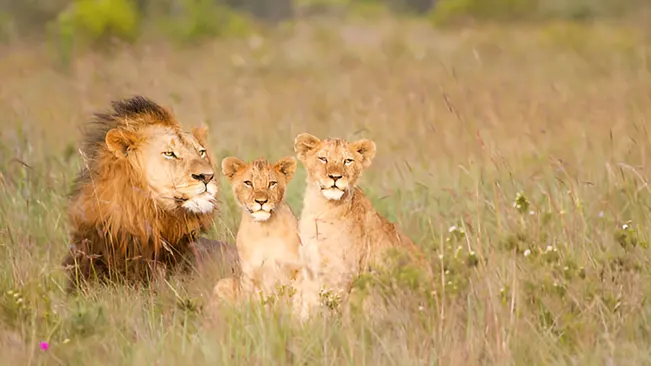
1. Habitat Conservation
Habitat conservation is vital for wildlife protection, focusing on the preservation, restoration, and sustainable management of natural habitats. Protected Areas such as national parks, wildlife reserves, and marine protected areas (MPAs) are established to shield habitats from human activities, ensuring safe havens for diverse species.
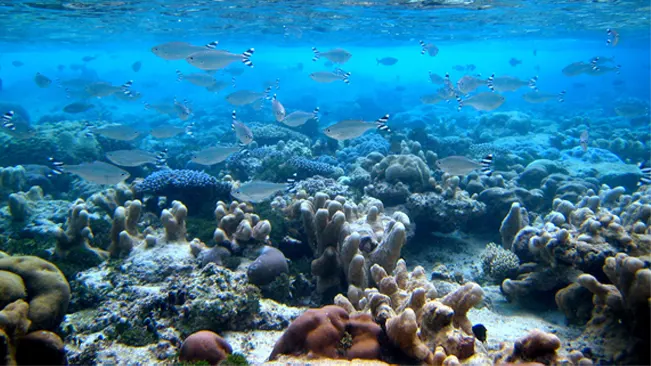
Restoration Projects aim to rehabilitate degraded ecosystems by reintroducing native vegetation, restoring natural water flows, and removing invasive species that threaten local biodiversity. Meanwhile, Sustainable Development involves incorporating wildlife-friendly practices into urban planning and agriculture, minimizing habitat destruction, and promoting coexistence between human activities and wildlife. These combined efforts are crucial for maintaining ecological balance and supporting the resilience of natural ecosystems.
2. Sustainable Land-Use Practices
Sustainable land-use practices are essential for maintaining ecosystem health and supporting biodiversity. Eco-Friendly Agriculture involves methods like organic farming, agroforestry, and permaculture, which minimize the use of harmful pesticides and fertilizers, thereby protecting soil and water quality.
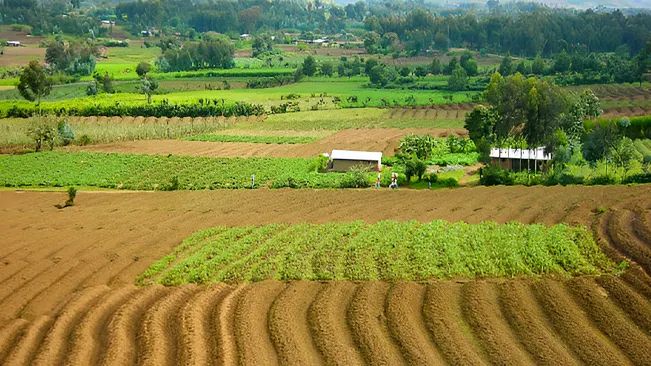
Sustainable Forestry practices such as selective logging, replanting, and maintaining continuous forest cover help preserve forest ecosystems and their diverse species. Rangeland Management incorporates rotational grazing and the preservation of natural grasslands, preventing overgrazing and soil degradation, and ensuring that rangelands remain productive and ecologically balanced. These integrated approaches are key to reducing environmental impacts and promoting the sustainable use of land resources.
3. Research and Monitoring of Wildlife Conservation
Research and monitoring are crucial components of wildlife conservation, providing essential data for informed decision-making. Population Surveys involve conducting regular counts and detailed studies to track species population trends over time, helping to identify declines or recoveries.
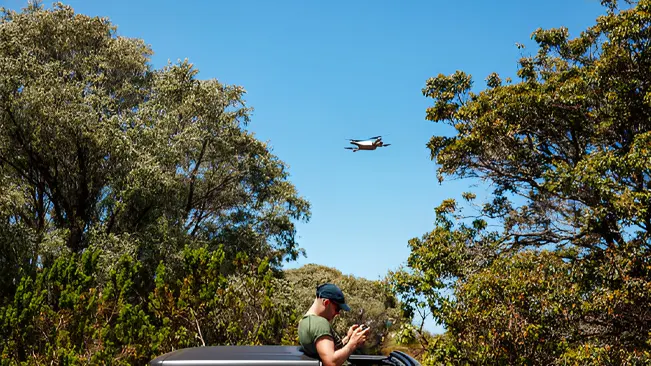
Habitat Quality Assessment evaluates the health of ecosystems by identifying threats such as pollution, invasive species, and habitat degradation, as well as determining restoration needs. Technological Advancements like drones, satellite imagery, and GPS tracking offer precise data on wildlife movement and habitat use, enhancing the ability to monitor and protect species effectively. These combined efforts ensure that conservation strategies are adaptive and responsive to changing environmental conditions.
4. Public Education and Awareness
Public education and awareness are pivotal for fostering a conservation-minded society. Community Outreach involves engaging local communities through interactive workshops, informative seminars, and hands-on conservation programs to build local stewardship and awareness.
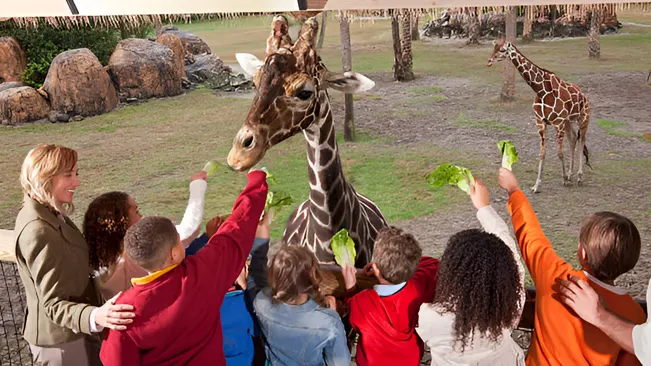
Educational Campaigns leverage various media platforms, social networks, and educational institutions to disseminate information widely, making wildlife conservation accessible and relevant to diverse audiences. Citizen Science initiatives invite the public to participate in data collection and conservation activities, fostering a sense of ownership and active involvement in wildlife protection efforts. This collective engagement is essential for creating a widespread, informed, and proactive conservation culture.
5. Creating Wildlife Areas
Creating wildlife areas is crucial for supporting biodiversity and ensuring the survival of various species. One effective approach is developing green spaces, such as parks, green belts, and gardens, which are populated with native plants to provide essential food and shelter for local wildlife. These spaces significantly enhance urban and suburban biodiversity, offering habitats for birds, insects, and small mammals.
Wildlife corridors are another vital element, designed to connect fragmented habitats, thus facilitating animal movement and genetic exchange. This connectivity is essential for maintaining healthy wildlife populations, allowing species to migrate, find mates, and access different resources across a landscape.
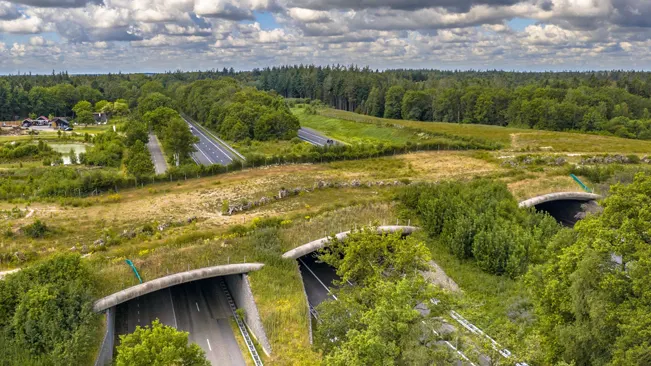
Wetland creation is also a key component of creating wildlife areas, involving the construction of artificial wetlands to support a diverse range of species, including waterfowl, amphibians, and other aquatic life. These wetlands act as critical breeding grounds and feeding areas, promoting diverse and resilient ecosystems.
Additionally, they provide natural water filtration and flood control, contributing to overall ecosystem health. By incorporating green spaces, wildlife corridors, and wetlands, we create comprehensive habitats that sustain a wide array of species, enhance biodiversity, and ensure the resilience of ecosystems in the face of environmental changes.
6. Recycling and Waste Management
Effective recycling and waste management are essential for conserving resources and protecting the environment. Recycling Programs involve implementing comprehensive systems to minimize waste, encouraging the segregation of recyclable materials, and reducing the need for resource extraction.
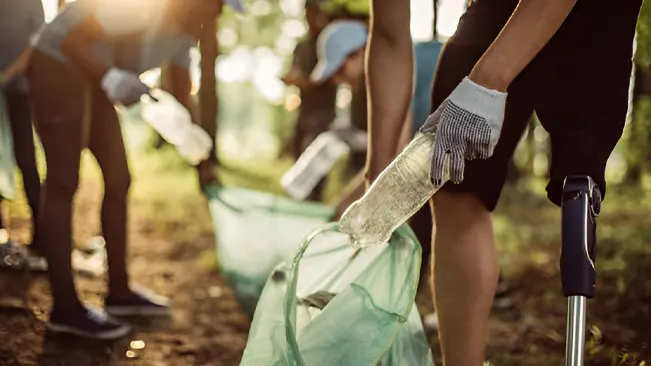
Waste Reduction emphasizes promoting the use of reusable products and cutting down on single-use plastics to lessen the environmental footprint. Pollution Control focuses on enforcing stringent regulations to manage industrial discharges and hazardous waste, ensuring pollutants do not harm ecosystems and human health. These measures collectively contribute to a more sustainable and cleaner environment.
7. Planting Trees
Planting trees plays a pivotal role in environmental sustainability and wildlife conservation. One of the primary benefits is carbon sequestration, where trees absorb carbon dioxide from the atmosphere, helping to mitigate climate change and preserve habitats for wildlife. This reduction in atmospheric carbon dioxide is crucial in slowing global warming, which directly impacts biodiversity and ecosystem health.
Additionally, tree roots stabilize soil, preventing erosion and protecting water quality, which is essential for both terrestrial and aquatic species. By holding soil in place, trees reduce runoff into waterways, thereby maintaining clearer, cleaner water that supports a variety of life forms.

Beyond these environmental benefits, planting diverse tree species enhances biodiversity by creating habitats that support a wide range of animal and plant life. These habitats provide food, shelter, and breeding grounds for many species, fostering rich ecosystems. Forests with a variety of tree species are more resilient to pests, diseases, and climate change, ensuring long-term sustainability.
This biodiversity not only supports wildlife but also benefits humans by maintaining healthy ecosystems that provide services such as pollination, water purification, and climate regulation. Overall, tree planting is a vital conservation strategy that addresses multiple environmental challenges and promotes a balanced and thriving natural world.
The Broader Impact of Wildlife Protection
Protecting wildlife is not just about saving individual species but maintaining the health of entire ecosystems. Healthy ecosystems provide essential services such as clean air and water, climate regulation, and soil fertility, which are crucial for human well-being. Additionally, biodiversity supports cultural, recreational, and economic activities, contributing to sustainable development.
Efforts to protect wildlife also promote environmental justice by ensuring that marginalized communities have access to natural resources and are not disproportionately affected by environmental degradation. Engaging these communities in conservation efforts can lead to more equitable and effective outcomes.
Related Post
Vital Importance of Habitat Management for Wildlife Conservation
Conclusion
Protecting wildlife necessitates a holistic approach that integrates various strategies to maintain biodiversity and ecosystem resilience. Habitat conservation is fundamental, involving the establishment and restoration of natural areas to provide safe havens for species. Sustainable land-use practices, such as eco-friendly agriculture and forestry, minimize habitat destruction and promote coexistence.
Research and monitoring ensure that conservation efforts are data-driven and adaptive to changing conditions. Public education and awareness foster a culture of stewardship, engaging communities in conservation activities. Additionally, creating wildlife areas helps connect fragmented habitats and supports local biodiversity.
Effective recycling and waste management reduce pollution, conserving natural resources and protecting ecosystems. Planting trees plays a crucial role in carbon sequestration, erosion control, and enhancing biodiversity. Each of these strategies is interconnected, collectively contributing to a robust framework for wildlife protection. By addressing environmental challenges through these multifaceted efforts, we can ensure the long-term health and diversity of our planet’s ecosystems.
Frequently Asked Questions (FAQs)
- Why is wildlife protection important?
Wildlife protection is essential for maintaining biodiversity, ensuring ecosystem balance, and preserving the health of our planet. - What are some key strategies for protecting wildlife?
Key strategies include habitat conservation, sustainable land-use practices, research and monitoring, public education, creating wildlife areas, waste management, and tree planting. - How does habitat conservation help wildlife?
Habitat conservation provides safe environments for species to thrive, reducing the risks of habitat loss and fragmentation. - What role does public education play in wildlife conservation?
Public education raises awareness about the importance of wildlife, encouraging communities to engage in and support conservation efforts. - How can sustainable land-use practices benefit wildlife?
Sustainable practices minimize environmental impacts, reduce habitat destruction, and promote coexistence between human activities and wildlife. - Why is research and monitoring important in wildlife conservation?
Research and monitoring provide data on species populations and habitat health, informing effective conservation strategies. - What are wildlife corridors and why are they important?
Wildlife corridors connect fragmented habitats, allowing animals to move safely and maintain genetic diversity. - How does recycling help in wildlife conservation?
Recycling reduces pollution and waste, conserving natural resources and protecting habitats from degradation. - What impact does tree planting have on wildlife conservation?
Tree planting supports wildlife by providing habitat, food, and shelter, and helps mitigate climate change. - How can individuals contribute to wildlife conservation efforts?
Individuals can contribute by supporting conservation programs, participating in citizen science, adopting sustainable practices, and spreading awareness.
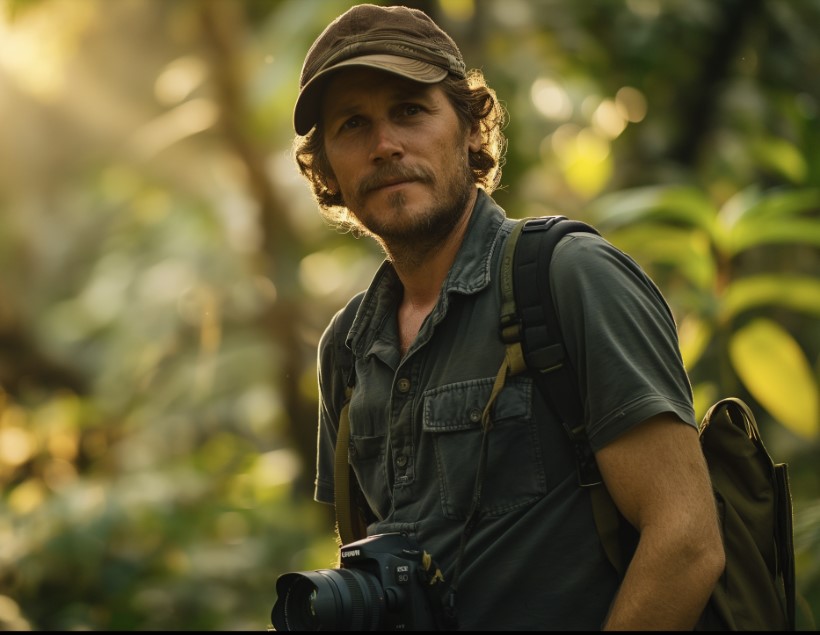
Evan Bennett
Forestry AuthorEvan Bennett brings over a decade of expertise in forestry wildlife management to the forefront, specializing in habitat conservation, biodiversity, and human-wildlife interaction. Evan's work ensures harmonious coexistence between wildlife and human communities through effective and sustainable practices. Continuously engaging in research and workshops, Evan stays at the cutting edge of wildlife management advancements. As a trusted advisor and contributor to leading environmental journals, Evan is dedicated to preserving the natural world for future generations.

Leave your comment